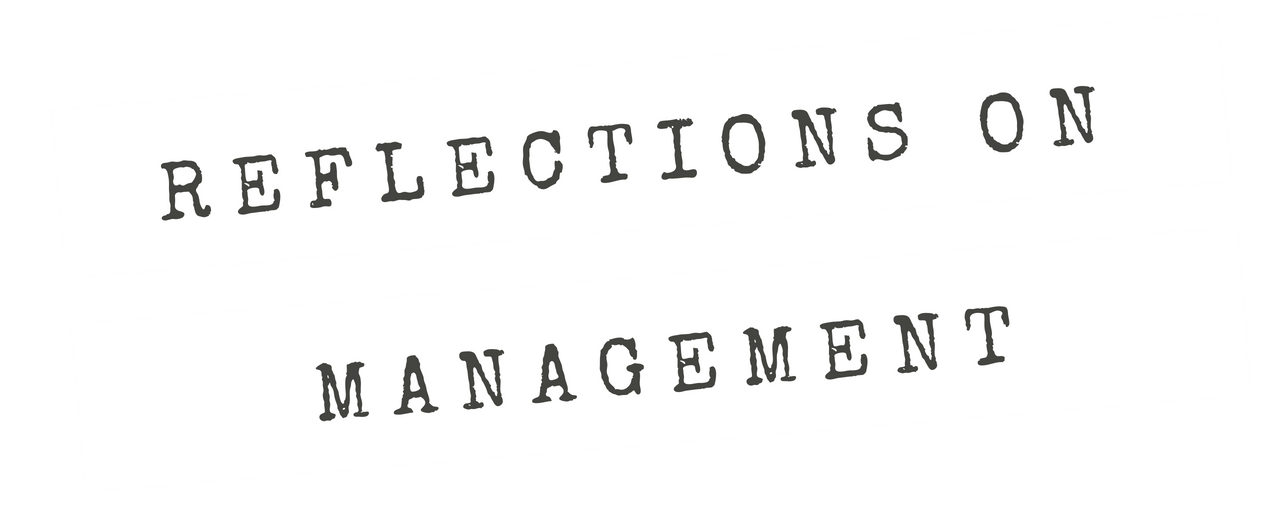There is a risk that the story gets misunderstood, and the lessons that are perhaps the real value of trying to preserve [the history] gets lost under [commercial] pressures
Season 1, Episode 2
An important part of an organization’s identity is its ties to the past, claims of temporal continuity as they are known. One type of organization that plays up its enduring historical characteristics are governments at the national, state, or local levels. Evidence of this is quite prevalent in Europe, where artifacts of history are well-preserved and attract tourists from around the world, and in the United States. It requires a lot of resources to preserve the buildings and grounds, sustain the culture (e.g., traditional dress, music, food, dance, and so on), and provide environments for contemporary visitors to immerse themselves in the past. Yet in addition to the risks of environmental damage is the risk that the tourist trade negatively affects the accuracy of the stories being told. Ceremony and ritual may distort the truth.
Using one European and one American location, each of which I have visited and enjoyed many times, I hope to explain the potential impacts on organizations in general. Misremember the history and risk losing the identity!
Works Referenced:
Albert, S., & Whetten, D. A. (1985). Organizational identity. Research in organizational behavior.
Sharpley, R. (2000). Tourism and sustainable development: Exploring the theoretical divide. Journal of Sustainable tourism, 8(1), 1-19.
Featured Image:
The featured image is my own, taken in 2008, and includes the Frauenkirche. Note the darkened dots around the exterior — these are the original bricks found in the rubble of the original church (blackened from soot) and replaced in their original positions.


